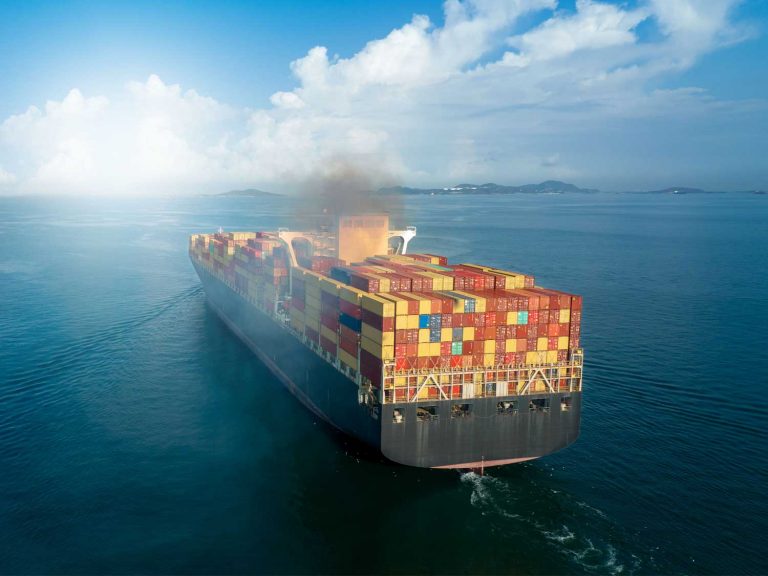
Date:
EU Emissions Trading Scheme surcharge
The EU’s Emissions Trading Scheme (EU ETS) extends to container shipping from the 1st January 2024, with significant legal, commercial and financial consequences for carriers and a new surcharges for shippers.
Under the EU ETS carriers will purchase a capped number of permits, known as EU Allowances (EUAs) at auction that allow discharge of a specified quantity of greenhouse gas emissions (GHGs) over a set time period.
ETS is a ‘cap and trade’ scheme where a limit (the cap) is placed on the amount to emit specified pollutants and obliges individual shipping lines to hold an allowance for each tonne of CO2 or other carbon equivalent gases they emit.
The cap reduces annually over four years to lower emissions and if a company exceeds its allowance, it may be penalised with a heavy fine.
There will be no set price list for these emission allowances – instead, the price will be defined by supply and demand on the market.
Taking into account the ETS phase-in period covering 40% of emissions in 2024, 70% in 2025 and 100% in 2026, the shipping industry could be liable for €3.1bn in 2024, €5.7bn in 2025 and €8.4bn in 2026. With container shipping potentially accounting for 30% of overall emissions.
Unlike the standard bunker adjustment factor (BAF) which is adjusted quarterly, based on publicly available fuel prices, that will not be possible with ETS, because the cost is only known post-fact and hence the lines will have to make upfront assumptions.
Maersk and Hapag-Lloyd recently shared their ETS surcharge indications, at €70 and €24 per 40’ but there is no transparency on how these numbers are arrived at and the way legislators have defined ETS makes transparency an almost impossible task.
The EU-ETS high-level surcharge tariff assumption and calculation logic shared by another carrier underlines just how opaque the new surcharge will be with their caveat:
“This is just an estimation of the surcharge tariff with current information, therefore, this will not guarantee the future surcharge tariff or its calculation logic. The actual surcharge tariff will be announced separately before the actual implementation. “
And getting alignment, with carriers agreeing on a common standard for the ETS surcharge, would constitute illegal collusion under EU competition law, so no help there.
This is a complex and evolving issue, which we will continue to monitor, sharing important developments, because the ETS surcharge, including its methodologies are subject to change.
The cost of ETS compliance for the lines will be significant and will keep increasing with the phased implementation.
EMAIL Andrew Smith, Chief Commercial Officer, if you would like to learn more, or have concerns about any of the issues raised here.
